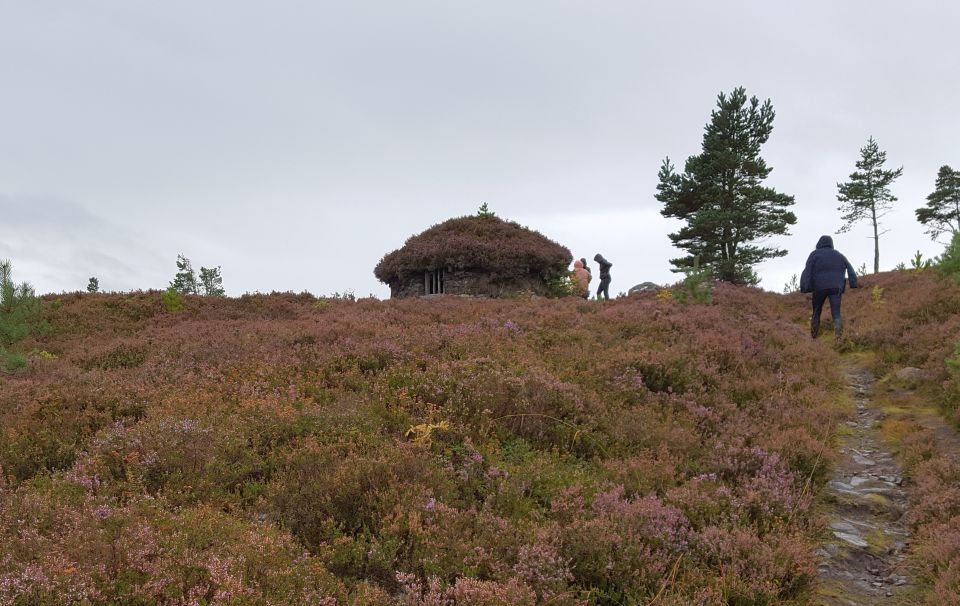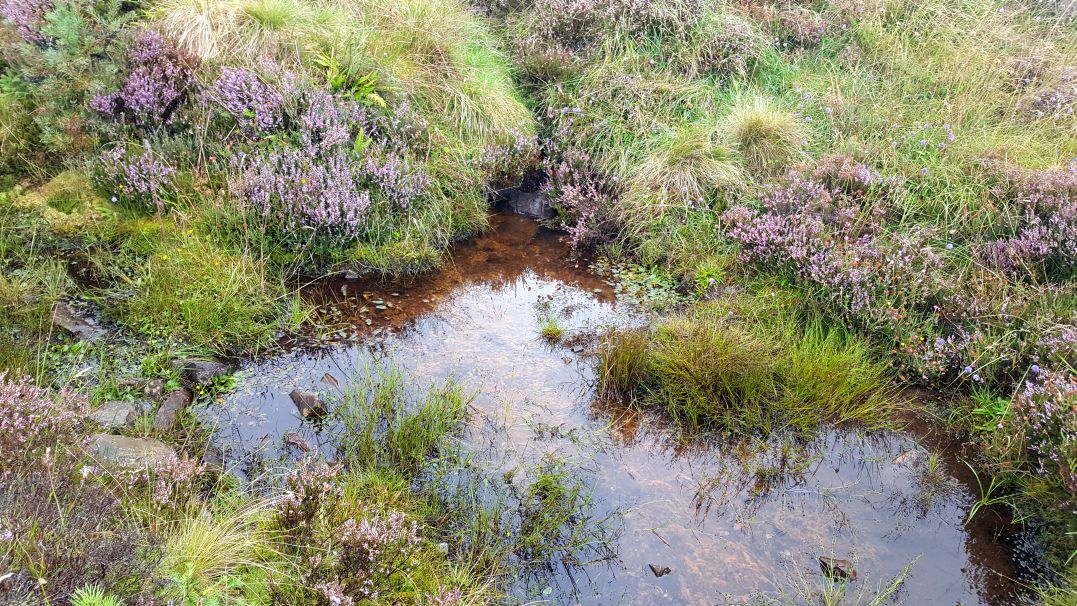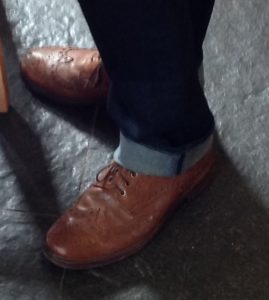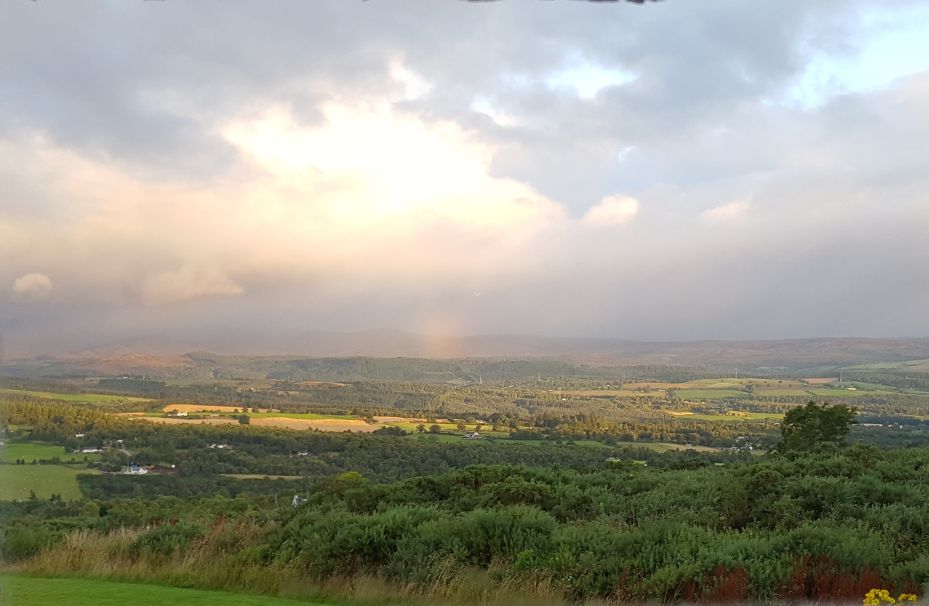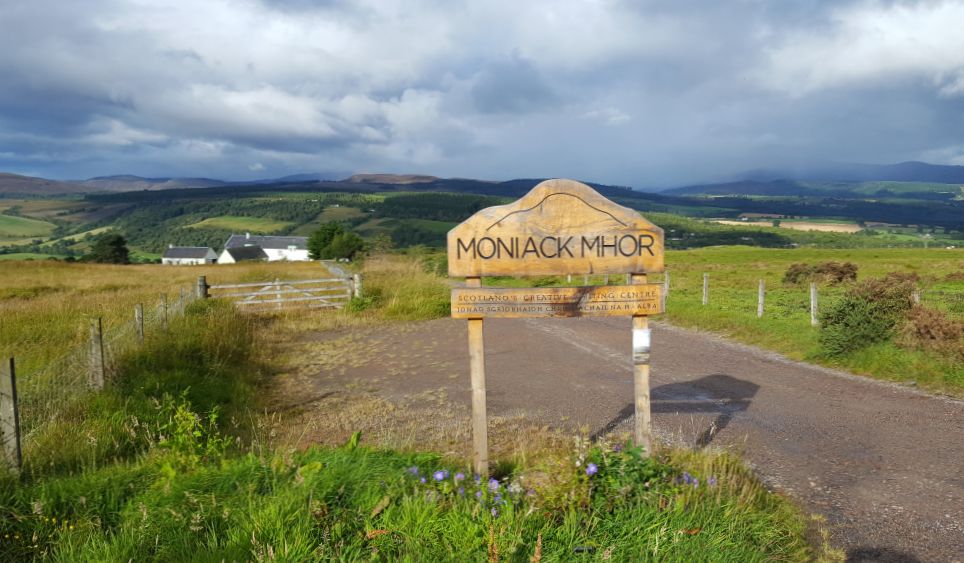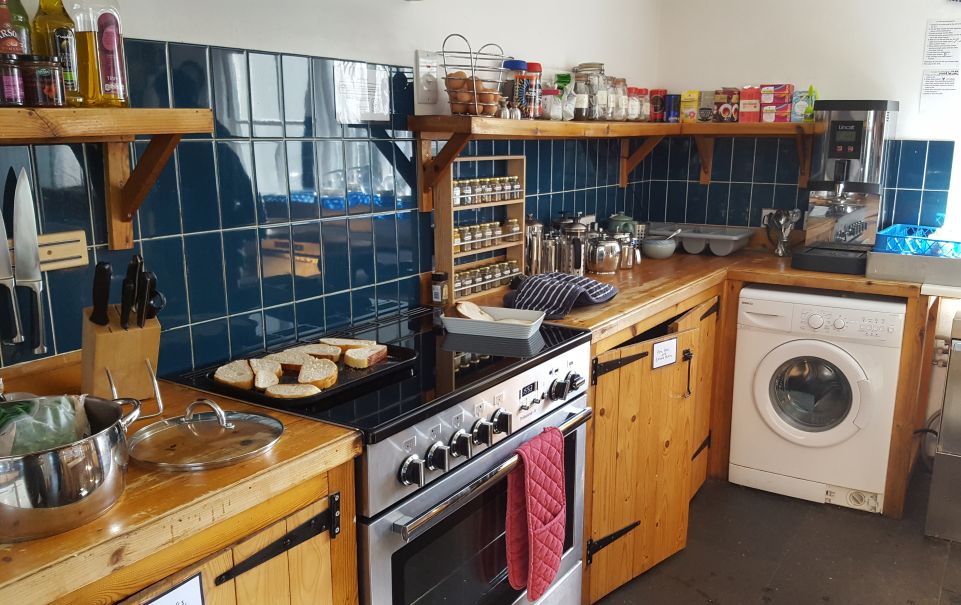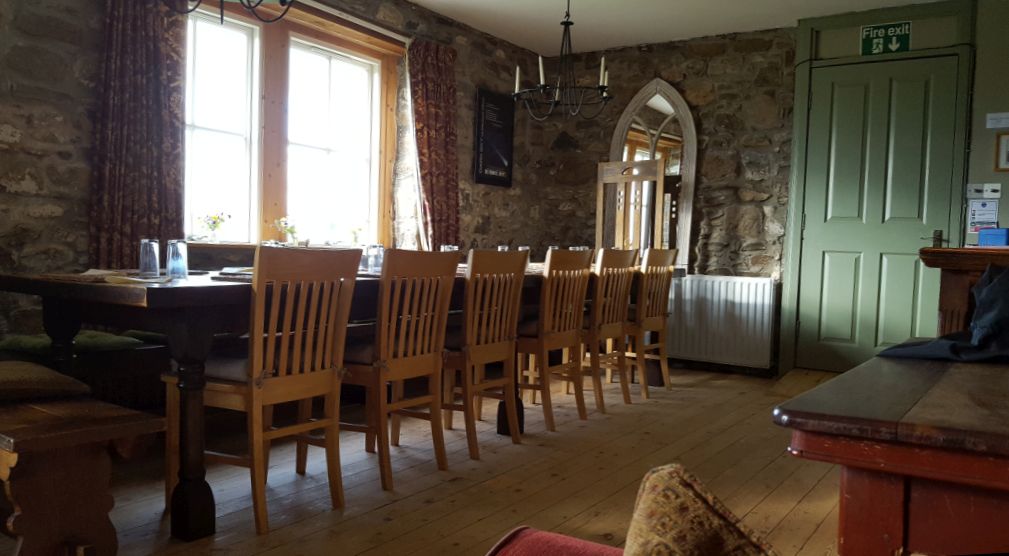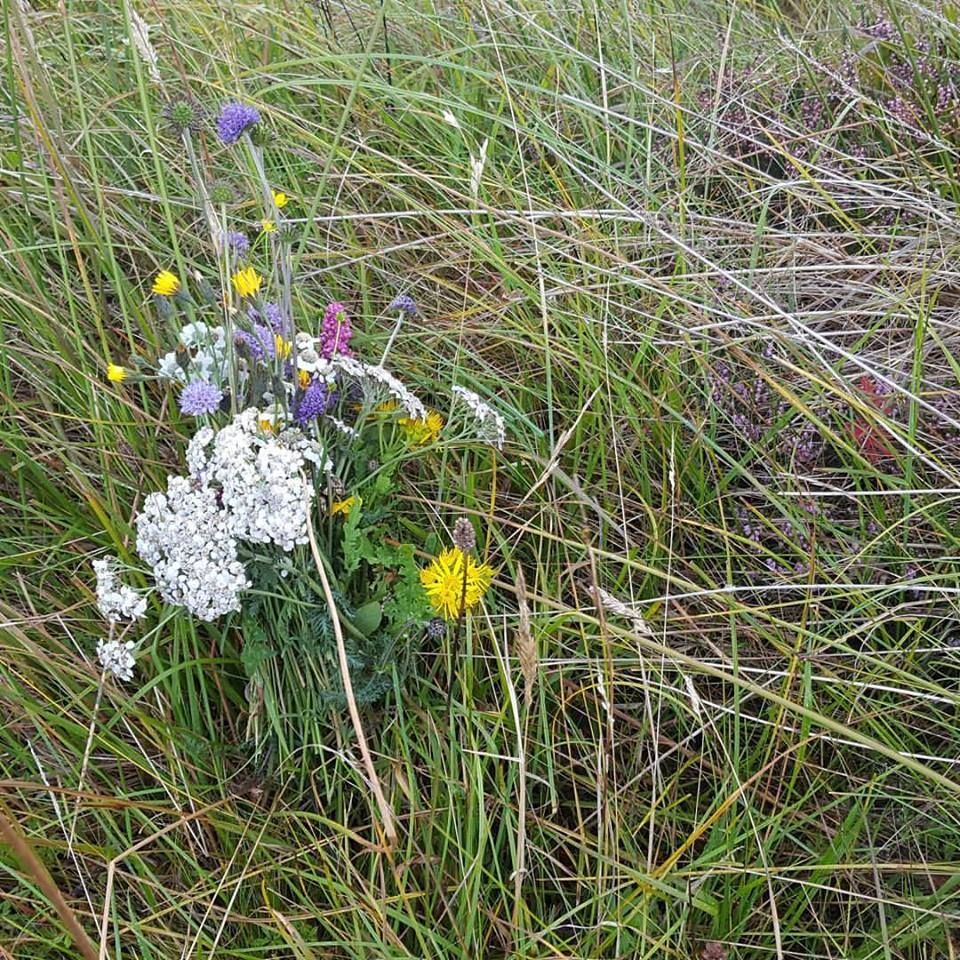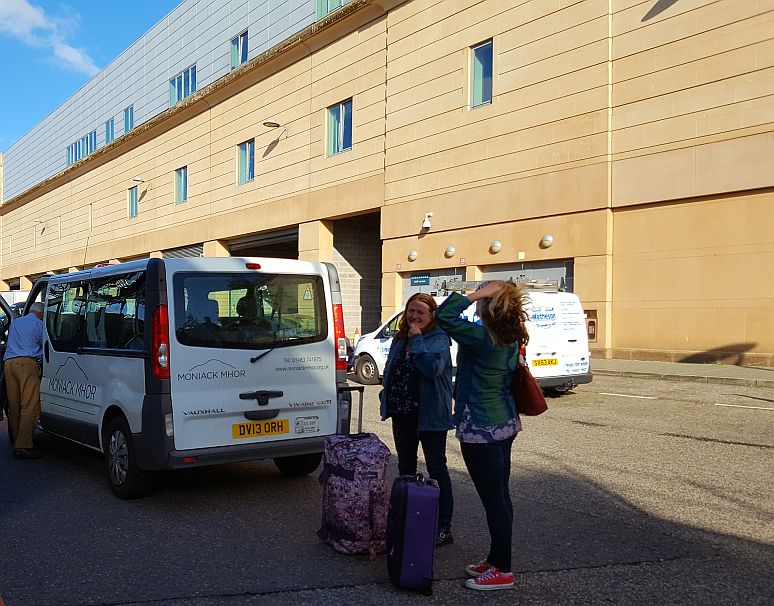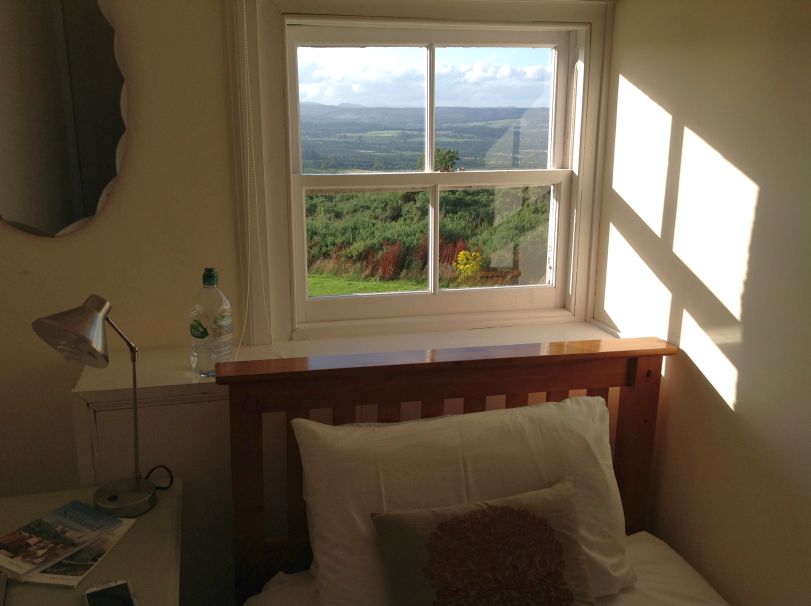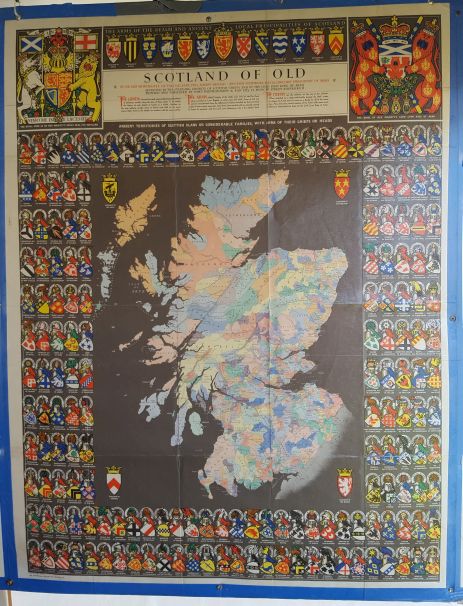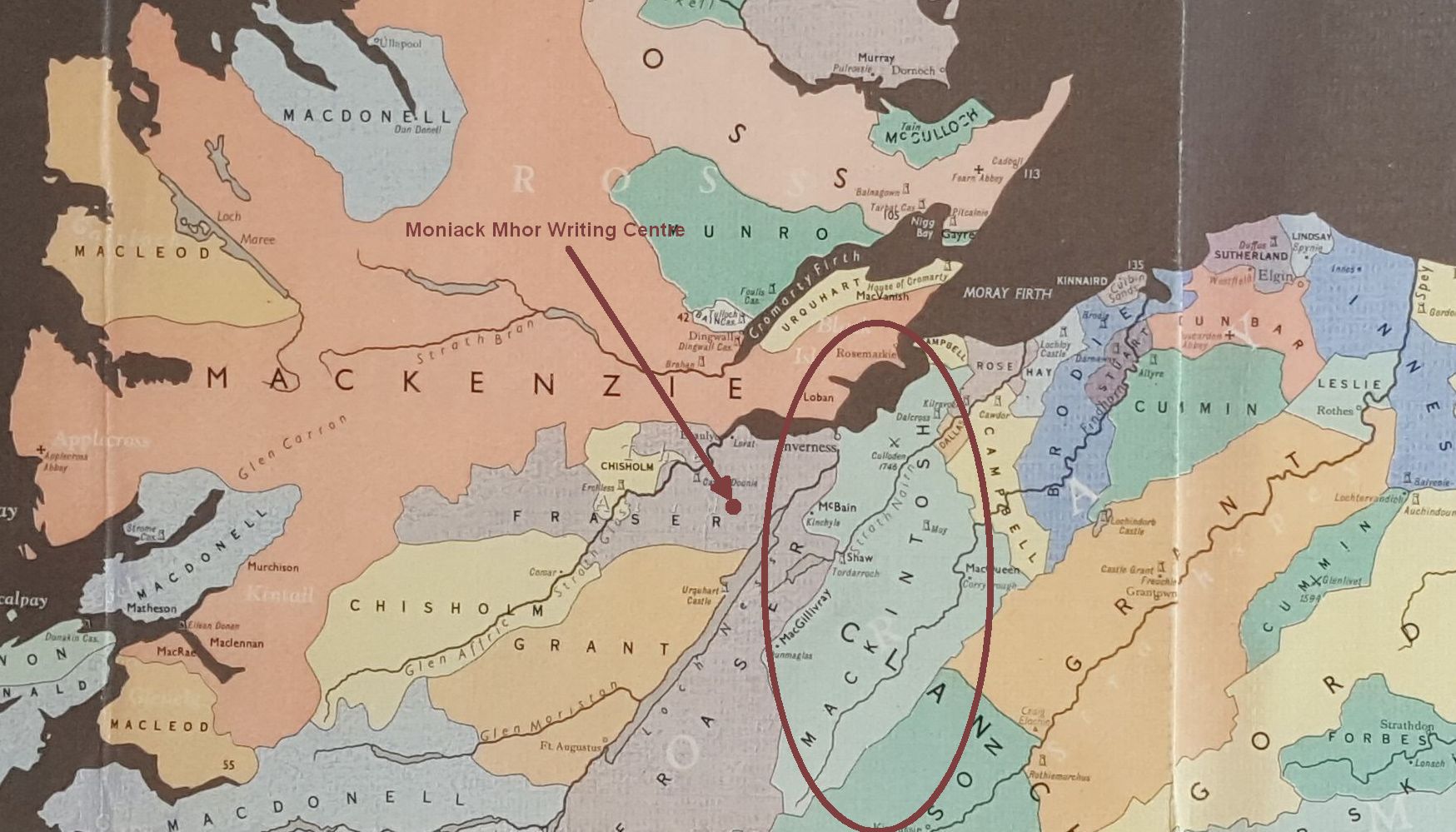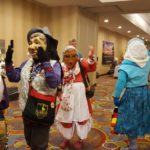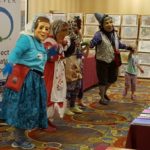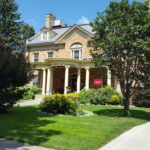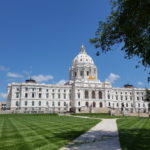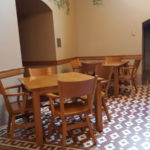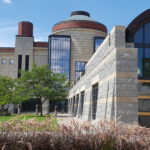 Tomorrow evening I’m looking forward to giving a talk at the Harbor History Museum in Gig Harbor on “Creating a Legacy from Family Documents.” It’s a topic near and dear to my heart.
Tomorrow evening I’m looking forward to giving a talk at the Harbor History Museum in Gig Harbor on “Creating a Legacy from Family Documents.” It’s a topic near and dear to my heart.
Ever since I wrote a novel based on the true story of my ancestor Michael Harm — the German immigrant blacksmith to Cleveland, Ohio — my appreciation for family history legacies, especially their role in our self-understandings, has taken on new life.
In particular, it’s impressed on me the importance of sharing what we know for subsequent generations.
“You’ve really created a legacy for our kids,” my sister-in-law said to me recently, referring to The Last of the Blacksmiths.
“Well, yes and no.” I saw what Cheri meant, how the retelling of Michael Harm’s life resurrected him in a way, giving his descendants a better understanding of what he’d lived through, as well as insights about how we came to be who we are today. Then again, I have more work ahead. “I had to fictionalize some things in the book to make it a good story,” I told her, “so I still need to tell the true story of his life. I’m working on that right now. Michael Harm’s genealogical narrative.”
That’s still in the works. The nonfiction version, so to speak.
For those of us privileged inherit family documents and oral histories, the task of organizing it all can feel daunting. I recommend taking it in baby steps, little by little; you’ll be amazed at how much you can accomplish.
An invaluable resource for me in the baby-step-by-baby-step approach has been my genealogy writing group, a spin off of my local genealogical society. I recommend joining a writing group, or, if your genealogical society doesn’t offer that, consider starting one. (If you want to know the particulars, send me an email and I’ll share how ours works.)
By submitting five pages every two weeks and then gathering for a critique session, I not only get the pages written, I benefit from immediate reader response. I find out what wasn’t clear enough in my description, what I left out, what really resonated, what needs more research. Each of us in my group is approaching family history based on the resources at hand — family photos, childhood memories, recipes, the memories of a parent living in the home, family letters, and so on.
As for me, family letters are my precious inheritance. I’m excited to be publishing them in my new book, How We Survive Here, a family history memoir that contains three dozen rare letters, translated by my German cousin Angela Weber. The book includes the adventures of my quest to trace the people who wrote the letters, researching on both sides of the Atlantic, learning to blacksmith, harvesting grapes in Germany, trying to tackle the German language, and so on. It’s due out from Coffeetown Press in 2018.
Do you suppose my ancestors, the German blacksmiths and wagon-makers, ever envisioned a day when their letters would be published and preserved for posterity? What each of us manages to accomplish, little by little, in sharing our family histories will create a legacy for the future in ways we can’t imagine.
 Case in point. The other day, casting about for insights into how my Highlander ancestors lived in the 1700s, I was browsing the history shelves of Powell’s Bookstore and came upon Highland Folk Ways. “This work is a fascinating record, set down before it is too late for the traditions to be remembered,” the book jacket description begins. The author, Isabel Grant, was in a unique position to create this legacy: “Taught from an early age the stories and traditions of the Highlands, Isabel Grant’s first serious piece of research was for a book based on the farm accounts of her own great-great-grandfather.”
Case in point. The other day, casting about for insights into how my Highlander ancestors lived in the 1700s, I was browsing the history shelves of Powell’s Bookstore and came upon Highland Folk Ways. “This work is a fascinating record, set down before it is too late for the traditions to be remembered,” the book jacket description begins. The author, Isabel Grant, was in a unique position to create this legacy: “Taught from an early age the stories and traditions of the Highlands, Isabel Grant’s first serious piece of research was for a book based on the farm accounts of her own great-great-grandfather.”
Each of us has wisdom to share, inherited from parents, and grandparents, from family documents and treasures, and from our own experiences. I urge you to begin, and/or to keep going, recording what you know with the materials at hand, to create a valuable legacy for those who follow.

